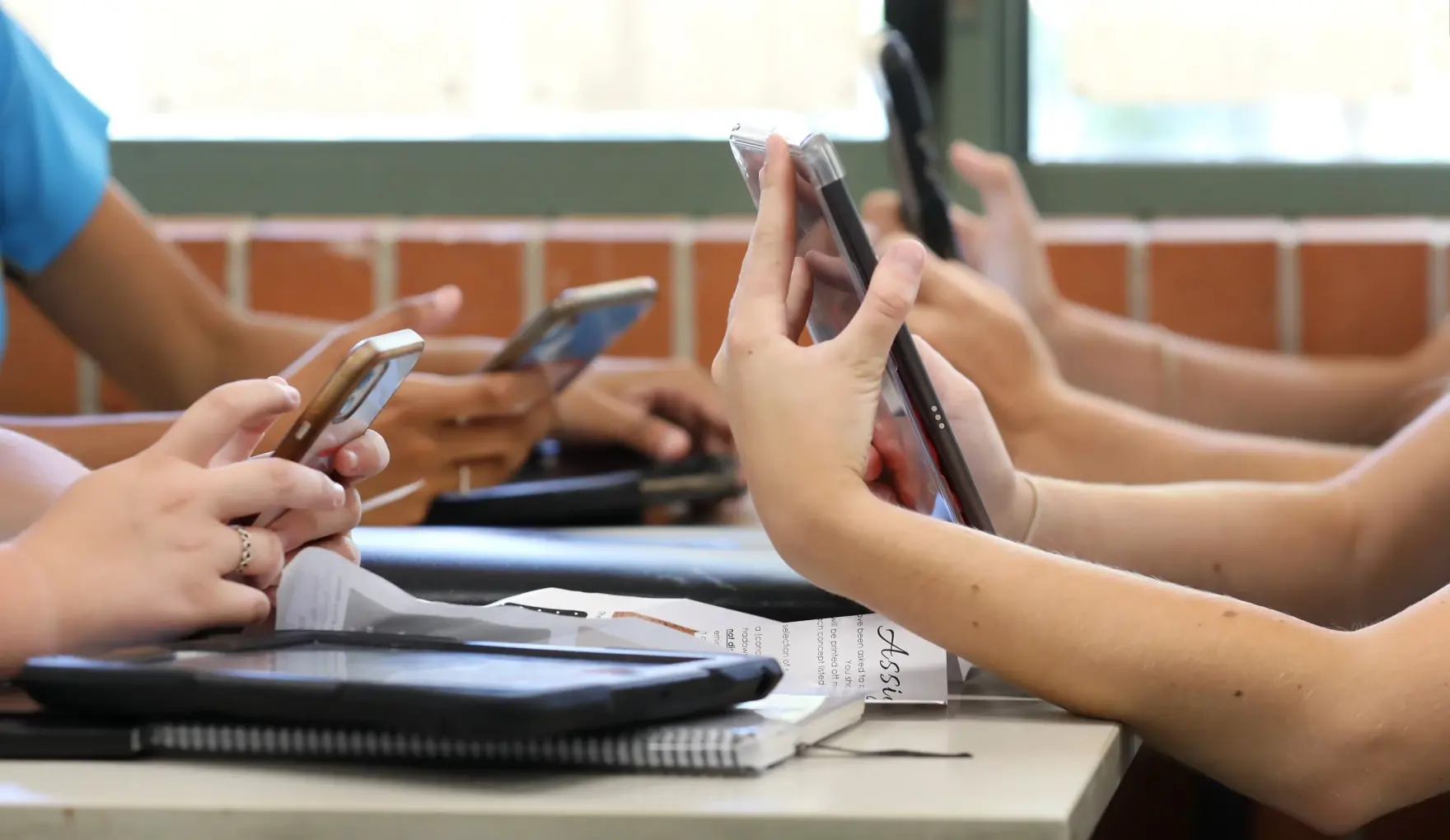Why Banning Smartphones in Classrooms Could Be Hurting Teens More Than Helping Them

For years, the debate has raged: Should smartphones be banned in schools? Many educators and parents argue they’re distractions, a source of social pressure, or even a threat to mental health. But new research from the London School of Economics (LSE) turns this assumption on its head, especially for older teenagers.
The study, led by LSE’s Centre for Economic Performance, found that actively integrating smartphones into classroom teaching doesn’t harm academic performance, in fact, it enhances learning outcomes and helps narrow the achievement gap between disadvantaged students and their peers (lse.ac.uk).
This is a powerful wake-up call for educators worldwide who have defaulted to banning devices outright.
The key isn’t merely allowing phones, but purposeful use within lessons. The researchers analysed data from over 30,000 students aged 16-19 across the UK and found that classrooms where teachers incorporated smartphones for interactive quizzes, research, or educational apps saw significantly higher grades and engagement.
Most notably, students from lower-income backgrounds, who often face educational barriers, benefited the most. The technology levels the playing field, giving all students instant access to information, collaborative tools, and personalized learning.
“The blanket bans we see in many schools risk throwing out the baby with the bathwater,” says lead author Dr. Mark West. “When used thoughtfully, smartphones are powerful learning tools that can motivate students and bridge existing divides.”
Critics argue phones invite distractions: texting, social media, or gaming during lessons. However, the research found that when teachers actively manage and structure smartphone use, these distractions decrease. The presence of the device becomes less of a temptation and more of a resource.
In contrast, banning phones outright may increase curiosity-driven misuse outside class or cause stress as students feel disconnected from social groups.
Successful classrooms follow clear rules:
Phones are used only for specific tasks guided by the teacher.
Digital breaks are scheduled to balance screen time.
Lessons include apps and online resources that engage students interactively.
Teachers receive training to effectively integrate technology rather than react against it.
This study challenges entrenched beliefs about technology and education. It also pushes back against policies that disproportionately punish older teens, who are often more independent and capable of responsible device use.
In an age where digital literacy is vital for future jobs and social participation, teaching students how to use smartphones productively and critically is arguably as important as traditional subjects.
As schools reopen and tech becomes ubiquitous, policymakers must rethink device bans. Instead of restricting access, investing in teacher training and curriculum redesign could unlock the full educational potential of smartphones.
The research underscores a deeper truth: technology isn’t inherently good or bad, it’s how we use it that matters. Ignoring this risks leaving disadvantaged students further behind in an increasingly digital world.
So, before reaching for that “ban phones” policy, consider this: smartphones in the hands of skilled educators might just be the key to unlocking better learning, and a fairer future for teens everywhere.